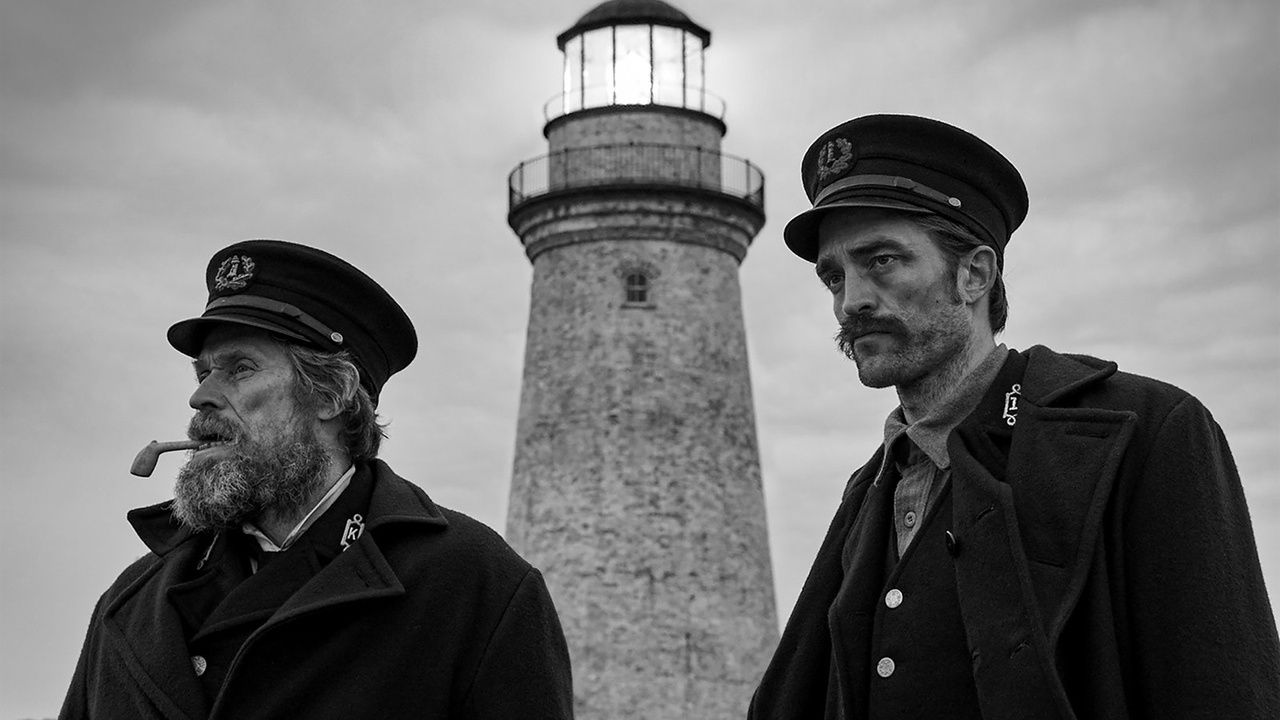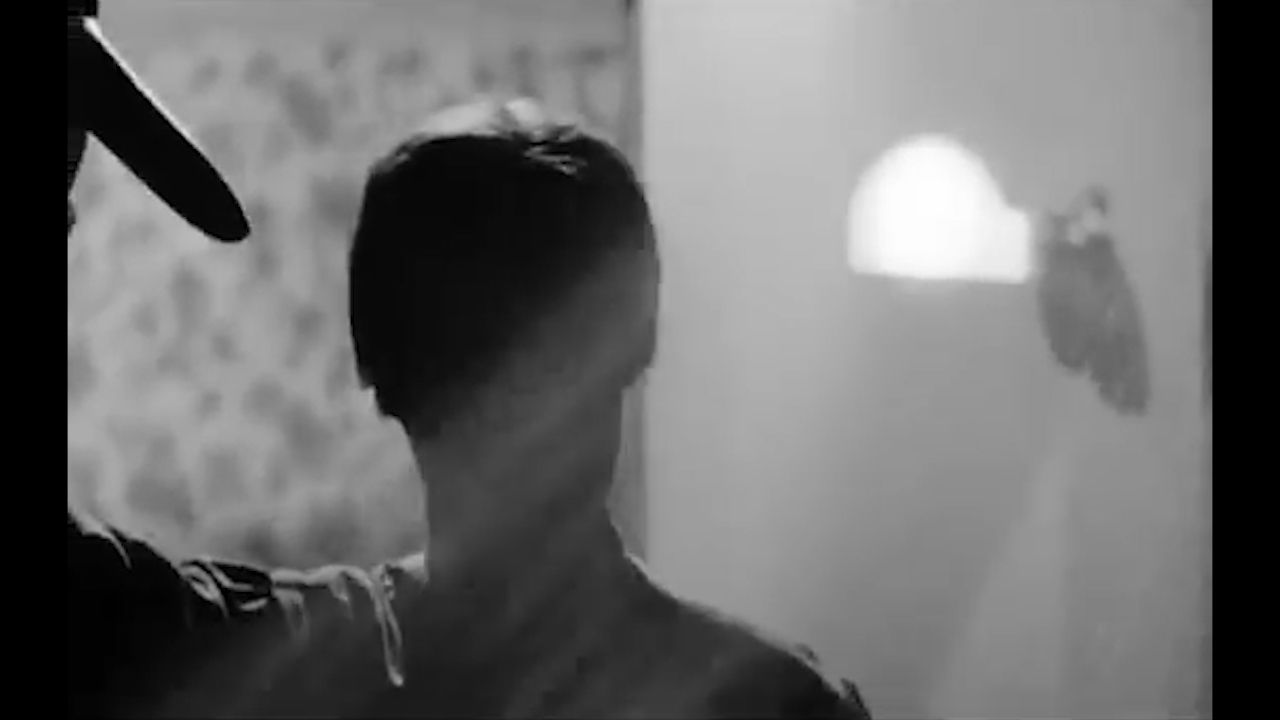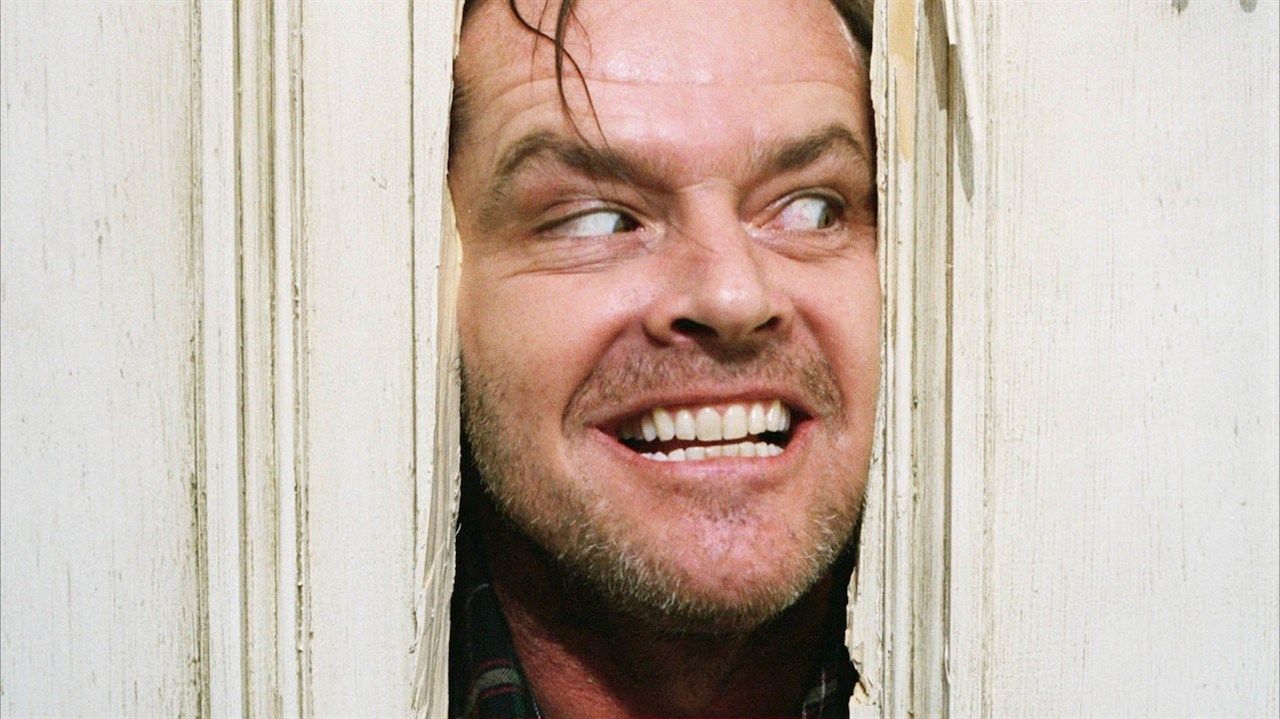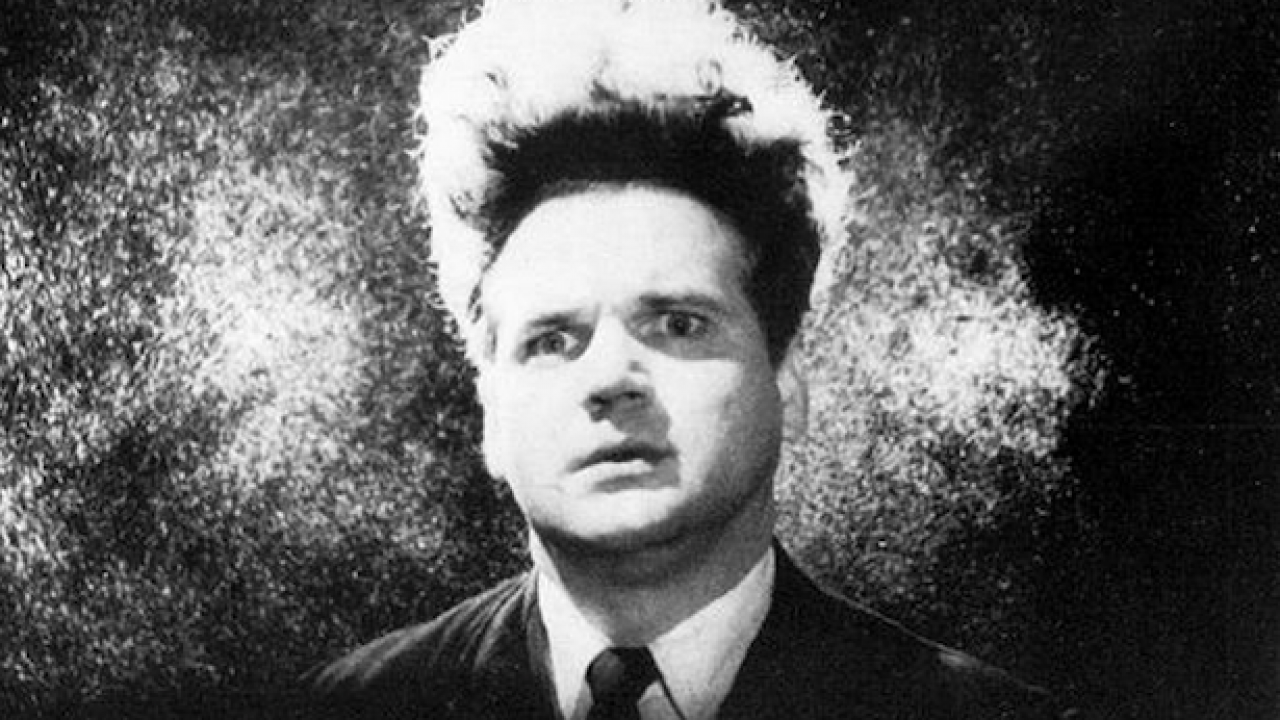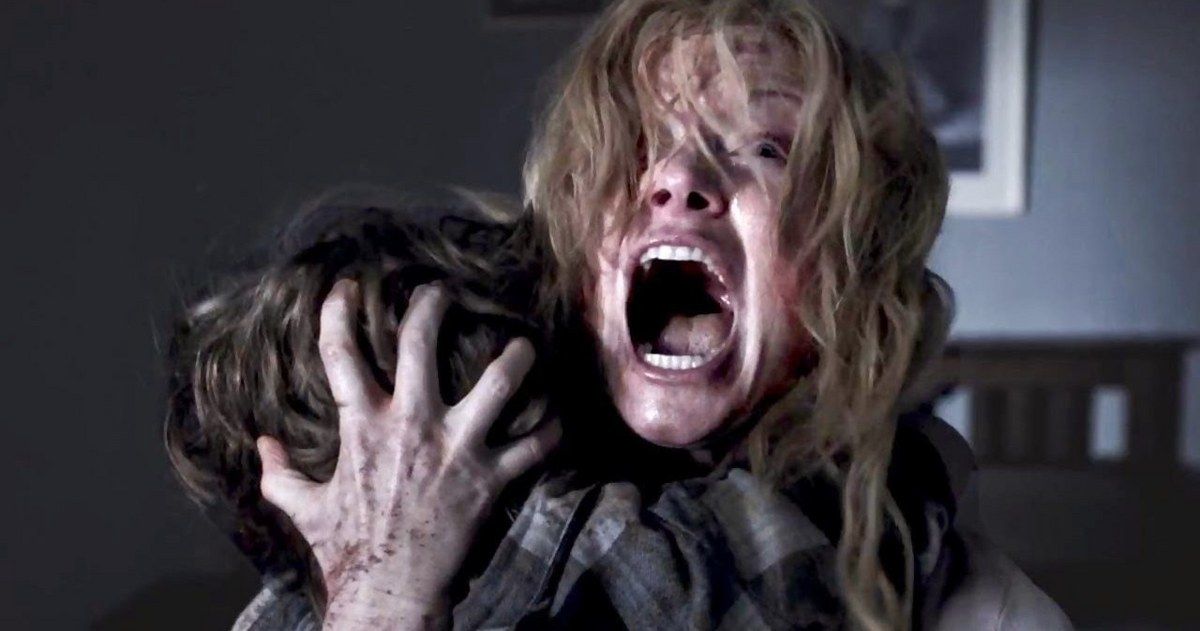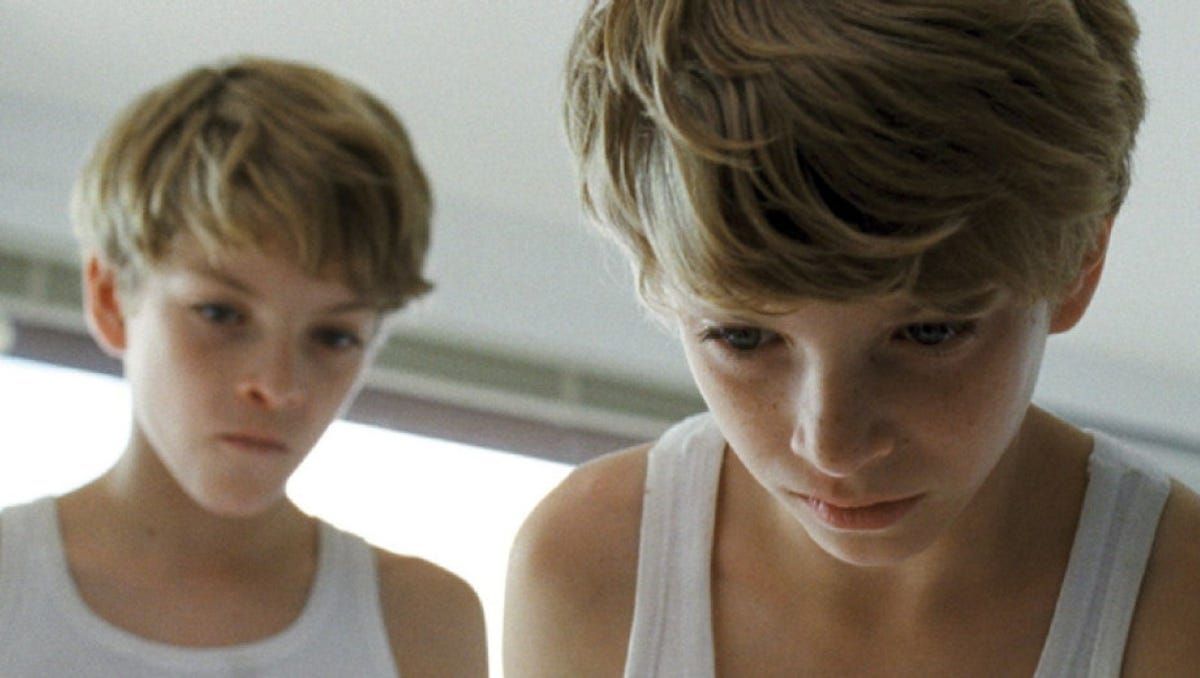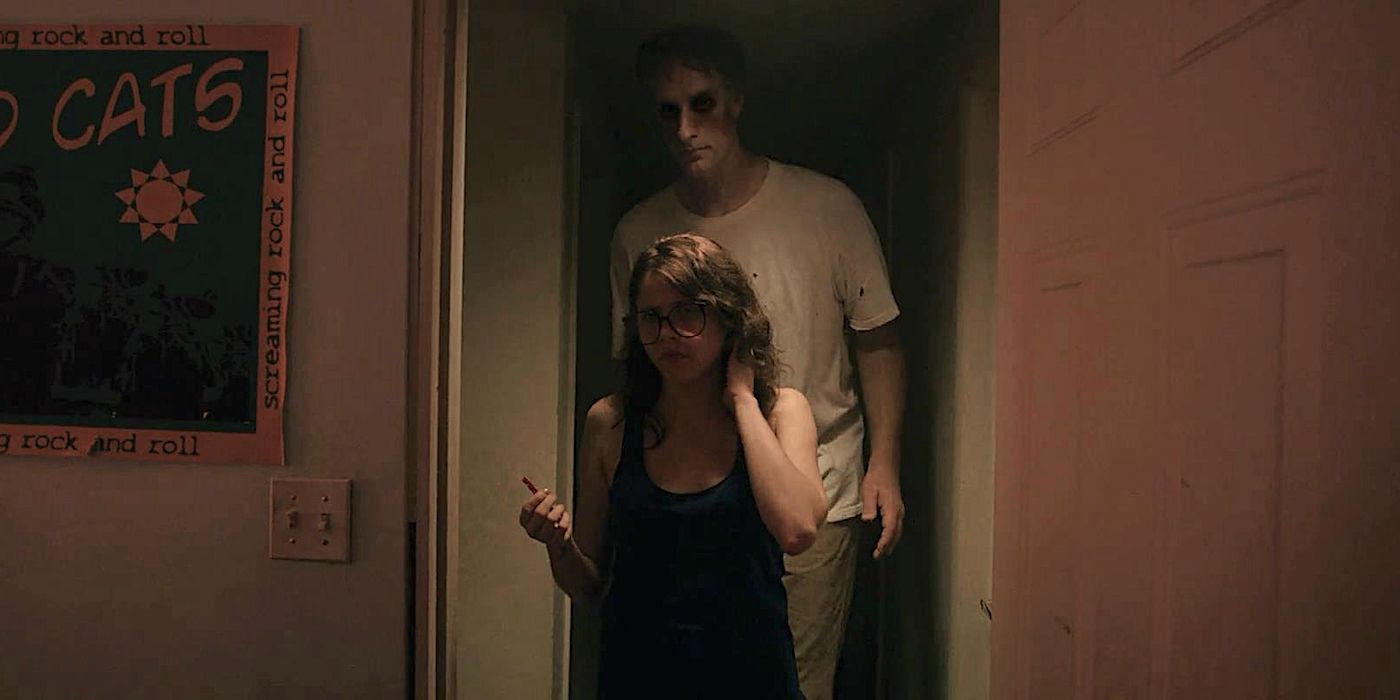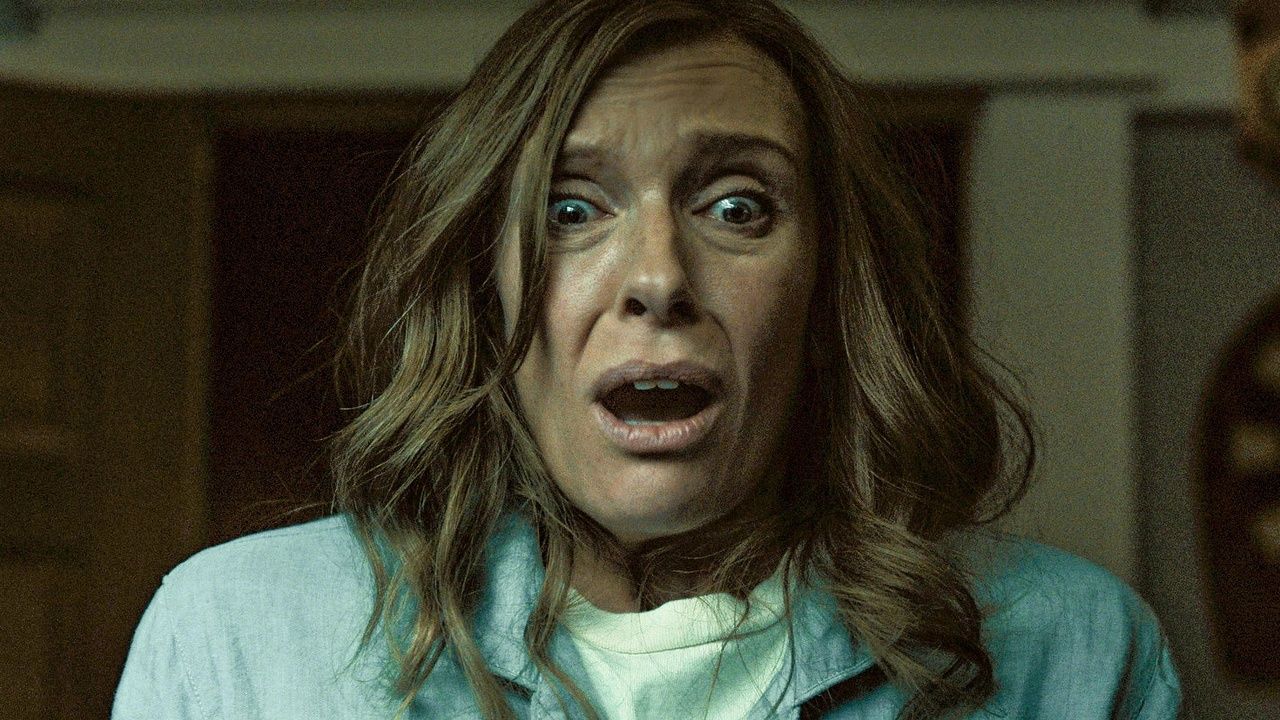Horror is a genre that can be presented in any form and meld with any genre. In theory, a film could be an overall comedy and still have some elements that could lead to fear. Ambitious filmmakers utilize this relationship between two or more genres to add tone to their work. Over the past few years, horror has seen a drastic shift, and the most prominent of the bunch have a more experimental presentation. Films that explore the psychological and unconventional with cinematic skill and allegories have started being labeled as 'elevated horror' films.
While paying homage to classic horror, these elevated horror films twist and bend the rules of conventional storytelling. From the sophisticated to the downright absurd, we have seen quite a few recent genre flicks that continue to beg interpretation. Some may call this new trend pretentious and confusing, and many consider the term 'elevated' to be elitist and unnecessary.
However, some of the most popular and widely discussed films of the past few years fall under this label. What makes the following elevated horror films so unique is that they are incredibly different from one another. Beginning with the first modern wave of critically acclaimed horror ushered in by Hitchcock and leading up to recent directors like Aster and Eggers, the styles and thematic elements of these films may differ, but all connect to the human condition in some way. Each film is a part of a groundbreaking lineage of horror which has slowly brought critical and artistic credibility to the genre. With chilling stories and incredible performances, they will definitely make you want the lights on.
8 Psycho
Alfred Hitchcock’s Psycho may be considered mainstream today, but in 1960, this film shocked audiences in cinemas everywhere. Its ability to allow the imagination to scare the viewer more than what they are actually watching is a tremendous risk that paid off. Hitchcock is a master of allowing the mind to paint a more horrifying picture than the eyes, because we are more scared by what we imagine than what we are seeing. The classic shower scene gives the audience just enough to see and not see. Shock value horror was not even a thought during this era, and Hitchcock’s experiment with the form resulted in a picture that has inspired a long list of filmmakers by that precedent alone.
7 The Shining
Stanley Kubrick’s The Shining is presented in a more sophisticated way than practically any horror film ever made. The film takes its time to truly allow the audience to settle into the Overlook Hotel before feeling as trapped as its lead characters. Kubrick’s masterpiece is pure psychological horror, and the story becomes more and more unsettling as Jack Nicholson’s Jack Torrance loses his sanity. The narrative structure is almost codependent on the sanity of its characters, which only Kubrick could have executed to perfection. With ambiguous elements that allow for discussions decades later, this film is a staple of pure artistic horror.
6 Eraserhead
This film has become eternally associated with being downright strange. David Lynch is one of the most artistic filmmakers to have ever helm a production. His films explore the human condition and psyche in a way which could either be considered horror or not, and Eraserhead is one of the best. It explores both human and inhuman perspectives and presents them in a twisted way. From being released in black and white, to unsettling sequences with practically no dialogue, this pseudo-horror flick continues to be listed as the pinnacle of experimental and has helped led horror to be accepted as high art.
5 The Babadook
Jennifer Kent’s The Babadook was one of the greatest leaps of cinematic faith in the early 2010s. Arthouse horror films were few and far between at this point in film history. Trailers depicted The Babadook as a generic monster film, when it is by no means that at all. This is a film designed to make you feel emptiness and grief with Amelia, played brilliantly by Essie Davis, whose guilt and grief is more emotionally horrific than the monster it manifests. The movie is presented with warped imagery and is heavily reliant upon the imagination. This concept could tank a film that was falsely labeled as a monster movie, but Jennifer Kent overcame the hurdle and gave us one of the most emotionally thrilling films of the last few decades.
4 Goodnight Mommy
2014 was a great year for elevated horror, the year it really broke wide open. Perhaps one of the most artistically constructed independent horror films, Goodnight Mommy was groundbreaking at its release. Focusing on two young boys, the audience latches on to their seemingly innocent perspective until the film takes a far left turn when the shocking imagery and horrifying sequences make us uneasy with the entire cast. With a twist so unexpected, it begs a second, third, and even fourth viewing. There is no hiding from the chilling mother, played by Susanne Wuest. We are forced to endure the unsettling and unexpected turns into deep psychological horror from directors Veronika Franz and Severin Fiala.
3 It Follows
This film is perhaps one of the most metaphorical of the bunch. David Robert Mitchell’s 2015 indie flick It Follows is a visual representation of the world of young adults, with sexual undertones and allegories which combine with experimental horror in a way that's rarely been seen since Rosemary’s Baby. The scares are given through slow-burning (or -walking) tension; the unseen force could be anywhere at any time. When we do see it, the mere presence of the walking entity chills the spines and makes us want to check over our own shoulders.
2 Hereditary
Ari Aster’s debut feature Hereditary is not a conventional horror film. It is a terrifying and sick horror flick disguised as a family drama. Experimenting with the idea of slow-burning scare, and with downright creepy imagery lurking in the dark corners of rooms, Hereditary builds the pressure and tension until a terrifying explosion in the last ten minutes. Aster’s film is an experimental accomplishment and perhaps the biggest title in elevated horror because it relies on the audience to invest in these characters despite their trajectory, specifically Toni Collete’s character Annie, who is at the front and center of the emotional journey. Aster’s film is a unique allegory for depression and darkness, while also having one of the scariest climactic sequences ever put on film.
1 The Lighthouse
Robert Eggers has proved himself to be a king of elevated horror. His films are quite unique, and their presentation is more unconventional when compared to mainstream horror; nonetheless, his film The Witch helped inaugurate elevated horror's place in the mainstream. The Lighthouse proved that a film made in late 2019 with technical applications not seen since the 1940s can still scare the life out of audiences. The acting and chemistry between Robert Pattinson and Willem Dafoe drives this film…into insanity. The Lighthouse is pure madness, and is terrifyingly beautiful because of it. Its scares aren’t the traditional buildup with loud noise effect of the jump scare. No, Eggers allows the story to speak for itself, and it does so in horrific screams. The mix of emotions and the feeling of hopelessness leave viewers with a sense of dread that stays with them way after the credits roll.

